Finding the Perfect Wedding Ring
With engagement season almost upon us, we know there are quite a few soon-to-be fiancés looking for advice on how to choose the perfect ring. We’re...
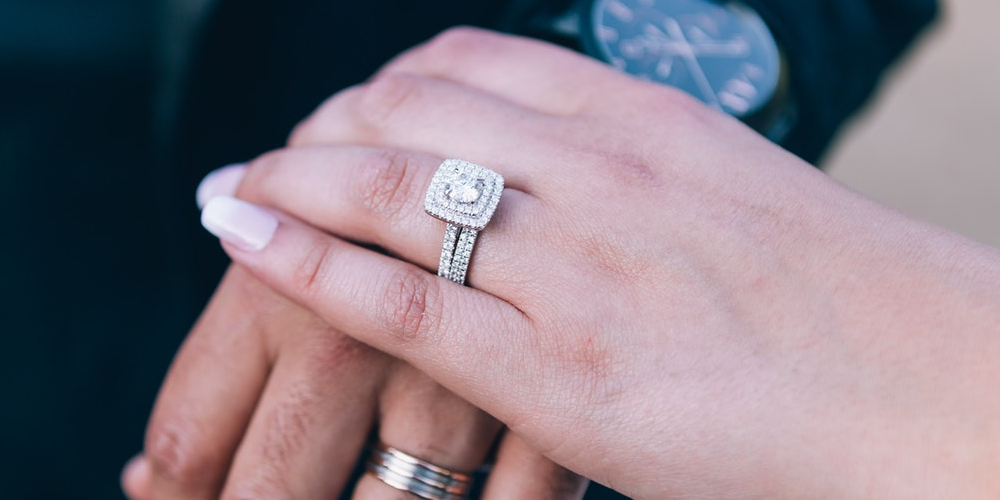
In the lustrous yet complex world of engagement rings, the key to choosing the perfect ring is choosing the right cut. From pear to radiant cuts and beyond, diamond cuts are complex! While we always recommend seeking advice from a professional gemologist or jeweler to advise you on fit and quality, it's important to do your own research.
In this guide, we’ll walk you through the best way to choose an engagement ring, introduce you to the most popular diamond cuts, and give you expert tips on diamond quality so you end up choosing the best piece for the love of your life!
When evaluating diamond quality, experts commonly refer to the Four C's: carat weight, color, clarity and cut. The goal of course is to achieve balance among all four qualities, but if you had to choose which one is most important… it would definitely be the cut!
Here’s why: the cut defines the brilliance of the diamond.
When thinking about the diamond cut, most immediately think about its shape. However, the cut is actually all about how the diamond facets (surface areas) interact with light. It takes skill, experience, and precise artistry to cut a diamond with perfect proportions and symmetry.
The cut quality directly impacts a diamond’s beauty and value. This means that an engagement ring with a smaller yet perfectly cut diamond is more precious than a ring with a larger, less exquisitely cut stone.
The Gemological Institute of America sets the standards for diamond cuts. Most jewelers worldwide follow the GIA grading for diamonds. Diamonds are rated 'Excellent' to 'Poor' based on their cuts. Many jewelers will claim that what they are selling are excellent-cut diamonds. But the reality is that only 55% of all round diamonds have an “excellent” grade based on the GIA standards.
When shopping for an engagement ring, make sure to check the diamond’s GIA certificate to see its rating. Naturally, diamonds graded 'excellent' by the GIA are the most expensive since they provide the highest level of fire and brilliance. Whether the price is worth it is really a personal decision—you're going to love your ring no matter what!

Today’s engagement rings come in so many styles, shapes, and sizes. Let’s take a look at the most popular diamond shapes that every fiancé-to-be will fall in love with.
If your significant other adores classic pieces, a round cut diamond ring is a perfect match. It’s also the most popular shape and truly looks beautiful in any setting. With 58 perfectly aligned facets, a round cut diamond offers exceptional white light reflection and gives off the most brilliance of all the shapes. It’s a beautiful piece that will be cherished and handed down for generations.
Over 50 chevron-shaped facets make up this iconic diamond ring. Touted as the “runner-up” for the round diamond, it’s the second most popular shape. Princess cut diamonds have a fancy shape but they make for a classic piece. When turned upside down, they resemble a pyramid which makes them a stunning stone option for solitaire engagement rings.
This is an elongated version of the brilliant round. An oval-shaped diamond that is well-cut and properly proportioned gives off outstanding brilliance and fire. It boasts an exquisitely unique look and gives an appearance of a larger diamond for the same carat weight. Oval-shaped diamond engagement rings go beautifully with any setting. They also create an illusion of thinner, long fingers.
This unique shape is also commonly referred to as Navette which means “little boat” in French, describing its shape. Like the oval cut diamond, the marquise has an elongated shape, but with points at each end. It’s an excellent choice if your better half likes large sparkling stones. Marquise diamonds have the largest face-up area of all diamond shapes. They also look great set in East-West style engagement rings. One thing to keep in mind with this diamond shape is that it needs to be protected by prongs to prevent the stone from chipping or snagging.
Some people also call this shape “teardrop” as it's pointed on one end and curved on the other. It makes a popular choice among those who love modern-day vintage pieces. When buying a pear-shaped diamond engagement ring, symmetry is given utmost importance. The stone’s point should line up to the apex of the rounded end. This cut is available in slim to wide cuts for a variety of aesthetics.
This cut is square-shaped with rounded corners, more like a cushion (hence the name!). It’s another classic piece that works in many settings and ring styles. Combined with a large culet, the cushion-cut diamond creates a distinctive look that manifests the popular engagement rings from the 1920s. The antique feel of this beloved shape makes it ideal for people who adore vintage-style pieces.
The shape you’ll see glimmering on Kim Kardashian-West’s ring finger, emerald-cut diamonds are show-stoppers. It is cut using the same techniques used for emeralds (the most fragile and delicate precious stone), flaunting straight linear facets, chiseled step cuts, and an elongated rectangular shape. While it fits nicely with different settings, an emerald-cut diamond is best fitted in classic settings like the solitaire or simple pave.
The asscher diamond looks strikingly similar to the emerald-cut, only that are square, as opposed to rectangular. The large facets make this shape exceptionally brilliant, not to mention the high crown really stands out in a crowd. Many diamond experts describe its luster as an “endless hallway with reflective mirrors”.
Showcasing a modern cut, radiant cut diamonds have a square shape with a complete brilliant-cut facet pattern both in the crown and the pavilion. All these details create a vibrant square diamond. Radiant cut diamonds are one of the most affordable options for engagement rings because a larger percentage of the diamond rough is used in the cutting process, so very little goes to waste.
Instantly recognizable, heart-shaped rings are a unique alternative to traditional engagement ring shapes. They are feminine and romantic, yet still sophisticated. The heart cut is a modified version of the round brilliant cut. Having plenty of facets, a heart-shaped diamond reflects lots of light so choosing a higher color grade isn’t always necessary.
A baguette diamond has a thin, elongated cut. It may either come with straight edges (creating a perfect rectangle) or tapered edges that angle in. Baguettes are step-cut diamonds, similar to the emerald and asscher. Step cut stones have very defined facets, giving them an appearance of round cut diamonds but not as brilliant.
Trilliant diamonds are triangular. They feature a flat table, sheer brilliance, great fire, and a stunning contemporary look. It’s rare to find a trilliant cut diamond in the center of an engagement ring, but it's still an essential diamond shape to remember. This cut works beautifully as an accent to your primary diamond.
Round brilliant-cut diamonds sparkle the most, having up to 58 facets (flat surfaces that make up the stone’s geometric pattern). Note that the cut quality refers to how well the stone reflects light. Round-shaped diamonds are the closest to the ideal facet pattern. It returns the most amount of light, providing exceptional luster and brilliance.
Generally, diamonds that have elongated shapes, such as the marquise, oval, emerald, and pear-cut appear larger than their carat weight and make for a bigger engagement ring. This is because they have a larger surface area (referred to as the face-up size). Of all the mentioned shapes, the marquis cut diamond looks the largest.
As you can imagine, the cut quality determines the price of a diamond. The round brilliant-cut diamond is the most expensive, although not due to it's incredible popularity. Round brilliant cuts have the most facets of any shape. Cutting them requires quality craftsmanship and precision work. Additionally, cutters have to discard more of the rough diamond which means more of the diamond goes into waste. Essentially, you are paying for a larger stone than you end up with.
Fancy diamond shapes, such as marquise, pear, and oval also come with high price tags but not as high as the brilliant round. You can end up saving up to 25% if you buy a fancy-cut diamond of the same carat.
If you’re looking for more affordable options, diamonds with step-up cuts are worth considering. They have modest price tags because they require less precision cutting and more rough diamond is used. Nonetheless, they are stunning pieces that look incredibly beautiful on the ring finger.
Choosing an engagement ring can be a delicate, time-consuming process given that it might be the first official step in your engagement. A beautiful ring may be low quality, and vise versa, so doing some engagement ring research is an important step in your journey!
When choosing the diamond for your engagement ring, you'll want to consider the carat weight, size, color, and and overall aesthetic of the engagement ring. Does it fit your beloved's personality? What about size? Budget? Ultimately you're hunting for the most high quality ring within your budget, that your other half will be proud to wear day after day. It's a lot, but we're here to help!
When things get a little overwhelming, remember these 3 points:
Whatever you do, take a deep breath and remember that this is all about love. It's going to be great! So, roll up your sleeves and enjoy the process. We wish you happy engagement ring shopping!
With decades in the business and an amazing team of incredible wedding planners, get tried and tested help to create an event experience that suits you!
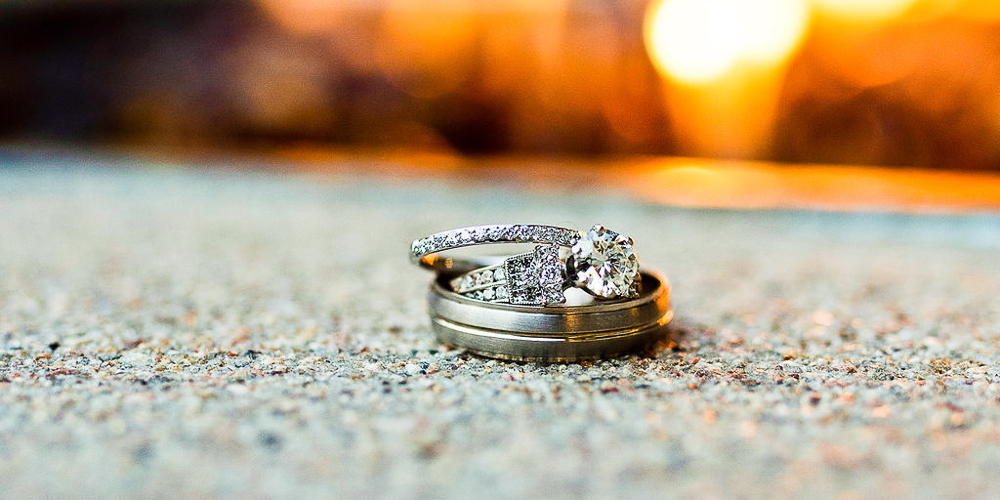
With engagement season almost upon us, we know there are quite a few soon-to-be fiancés looking for advice on how to choose the perfect ring. We’re...

Congratulations on your engagement! Now comes the exciting task of planning your wedding. Selecting the ideal venue to host your celebration is one...

With engagement season officially here, newly engaged couples often feel pressure to set a wedding date right away. In fact, one of the first...
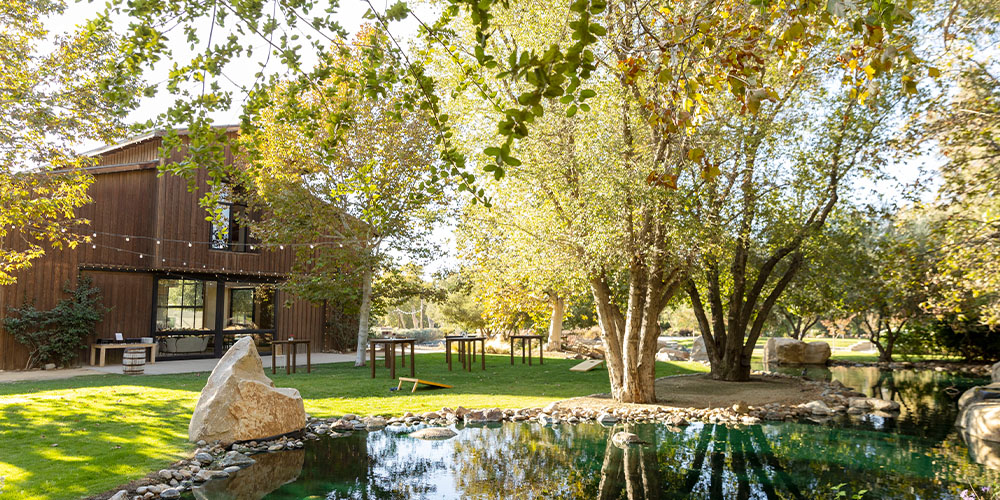
Choosing the right wedding venue for you is one of the most important parts of planning your entire wedding. Once you’ve narrowed down the list of...
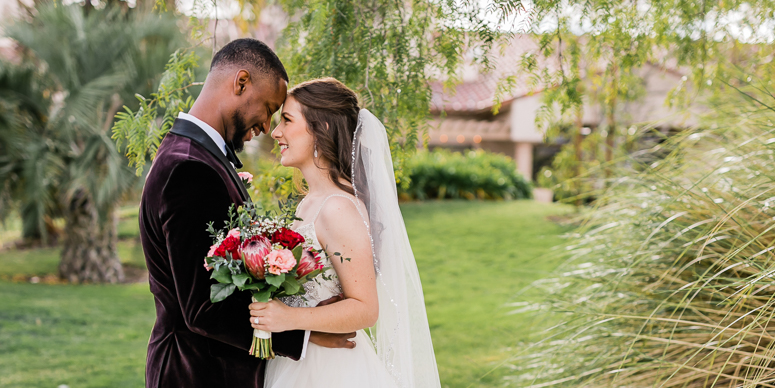
Picking your color combinations for your wedding is one of the most fun parts of the planning process and it’s what ultimately ties everything...
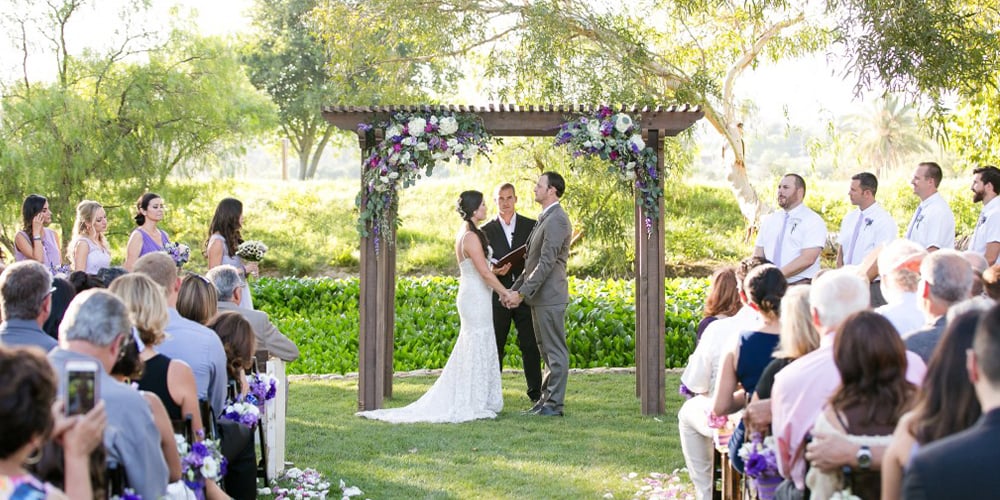
We know there's definitely no shortage of wedding venues in the world. So, we get that you have a lot of options to consider! Out of all the...